From Small Town Texas to Windsor Castle: How a Dallas Businessman Became the King of International Polo
BY Rebecca Sherman // 07.02.18Texas Polo's proprietary plastic balls helped revolutionize the sport. Photo by Lauren Withrow
In 1975, Vincent (Vinnie) Meyer ran a lawn-equipment manufacturing business 183 miles southwest of Dallas in Brownwood. Then in his thirties, Meyer had bought the business in 1965 with four friends, and it was already a success. They designed and sold the first electric lawn edger, and Meyer created the first rust-proof fertilizer sprayer for home use, which featured a molded plastic hopper.
Some 43 years later, Meyer has made his mark on history — not for revolutionizing lawn equipment, but for his contributions to the international sport of polo. And that molded plastic hopper? It played a pivotal role.
Meyer began playing polo on a lark with friends in Dallas in 1967. Back then, matches were held at informal fields around town, or at the Lone Oak Polo Club in far northwest Dallas, now long gone. At the time, he says, only about eight people in Dallas knew how to play the sport.
For Meyer, knocking a ball around with a mallet from the back of a horse was a way to relieve the boredom of living in Brownwood. Soon, he was hooked. “It was very informal,” he says. “We had one field and very few spectators. We just played for ourselves.”
In the early ’70s, restaurateur Norman Brinker moved to town and started playing with them at Lone Oak. When Brinker and his business partner, Danny Robinowitz, opened Willow Bend Polo and Hunt Club in Plano in 1973, Meyer and his friends joined them. What was a casual diversion grew into a high-profile sporting event, with professional matches and visiting teams.
“Sometimes we had 3,000 to 5,000 people watching us play,” Meyer recalls.
In the early days, Meyer was a greenhorn when it came to understanding polo gear. But when a man in Chicago produced the first plastic polo ball, Meyer knew enough to be unimpressed.
“He’d done a poor job of the design,” he says. “It was like hitting a marshmallow.”
For centuries, the best polo balls were crafted from willow wood and bamboo cane, but those had serious drawbacks, frequently breaking mallet heads and sending wood flying through the air. The paint on wood balls chipped, and moisture from the grass caused them to get soggy. Wood balls were inconsistent in weight and size, and because dozens of balls are used over the course of a single match, players had trouble predicting how a ball would respond when hit.
That mediocre plastic ball from Chicago became Meyer’s eureka moment.
“The technique to mold the plastic ball was the same technique we used to mold the hopper for the fertilizer spreader,” he says. “So, I took one of the plastic balls to my molder, who happened to be in Waco at the time, and said, ‘Hey, Charlie. You think you can do better than this?’ He said, ‘Yeah, easy.’ But, it wasn’t so easy.”
After a year of tweaking, refining, and trying it out, they had perfected a plastic ball that felt and sounded like a wood ball when struck with a mallet. It was waterproof, had uniform weight and size that made it easier control, and didn’t break mallet heads as often.
“It was a difficult sell at first, converting players from wood to plastic,” admits Meyer. “Mostly it was gradual, and through word of mouth.”
Texas Polo Takes Off
In 1976, Meyer began distributing his plastic polo balls under the Texas Polo label and manufacturing them from the same Brownwood facility as his lawn equipment. Charles Smith, a retired semi-pro and member of the USPA Hall of Fame, started using Meyer’s plastic balls after Meyer gave him one to try.
“I never went back to a wooden ball,” Smith says. While other makers of plastic polo balls followed, “Vinnie’s are still the ones all the high-goal players want,” he says. Today, Texas Polo balls are the official ball of the United States Polo Association and are used at clubs around the world, including the royal Guards Polo Club at Windsor Castle.
For Meyer, polo balls were just the tip. Forty years ago, there was limited access to quality polo equipment — the best U.S. distributor, he recalls, was in Long Island. Soon he began selling classic wool saddle blankets, double-woven at an heirloom mill in Brownwood. And when a prized set of English knitted leg wraps for his horses finally wore out, Meyer had a special knitting machine built in North Carolina and shipped to Brownwood so he could make them himself to sell.
By the late ’70s, Texas Polo’s business was growing quickly, spurred along by Dallas’ growing enthusiasm for the sport, in large part due to Norman Brinker. Meyer got out of the lawn-manufacturing business and moved his young family to Dallas.
With the same intense level of research he put into making his revolutionary polo ball, Meyer began designing saddles, whips, bridles, mallets, and other tack. He consulted with top players to make tweaks to his designs, and in 1982 he brought those designs to England — to source the best artisans to make them.
Texas Polo saddles, which cost $2,800, are handmade from cowhide and pigskin in the English village of Walsall, where the world’s best saddles are made. Walsall’s Society of Master Saddlers bestowed Texas Polo with first prize, the only time a polo saddle has received such an honor, says Meyer.
Texas Polo is also known for its hand-forged stainless steel, copper, and bronze bits made in England; boots handmade in Texas and Nebraska; personalized jerseys; and mallets handmade in Florida by an Argentine polo player. Adolfo Cambiaso and Facundo Pieres, considered the best polo players in the world, have endorsed and used Texas Polo saddles for years, and Prince Charles, Sam Shepherd, William Devane, and Tommy Lee Jones have numbered among Meyer’s high-profile customers.
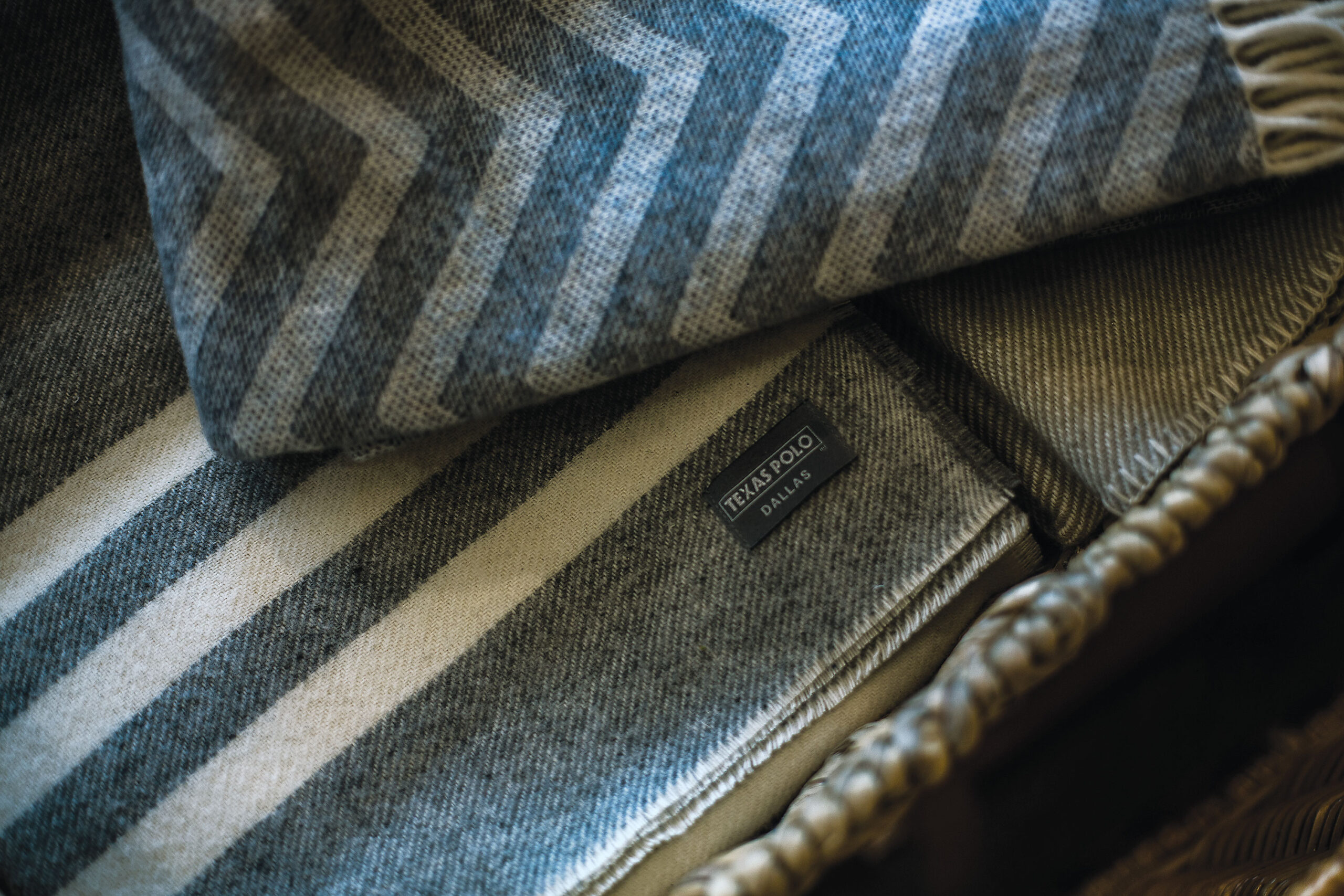
Meyer, who is nearing 80, gave up playing polo years ago. But he remains a fixture at polo clubs and matches around the globe, where he continues to be inspired by suggestions and requests from polo players. A small Texas Polo storefront in the West End also functions as a distribution center for website and phone orders, which are on the uptick with the economy, he says.
But devoted customers still pay personal visits, as did one player from Uruguay who recently stopped stopped by while in town. The entrepreneur who once conceived the world’s best polo ball from a plastic fertilizer hopper, and parlayed his fervor for the sport into a thriving global enterprise, never thinks about retiring.
“I still love it,” Meyer says. “I look forward to coming in every morning.”
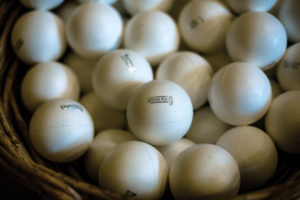
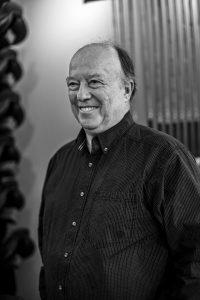
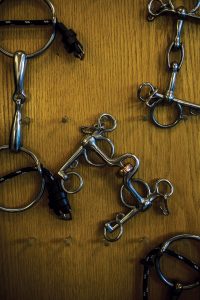
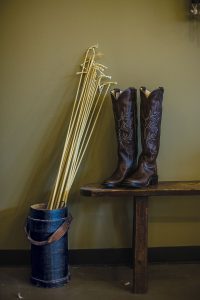
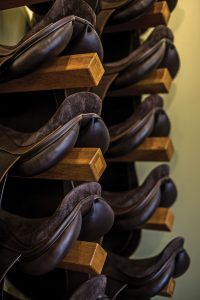
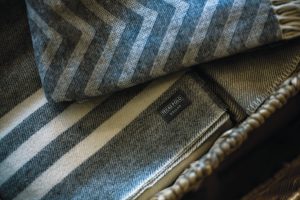
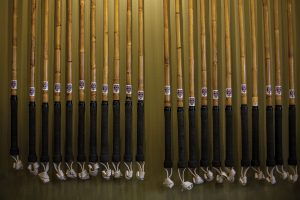
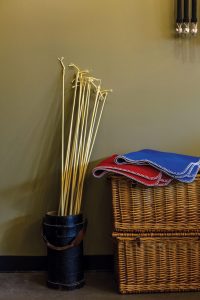
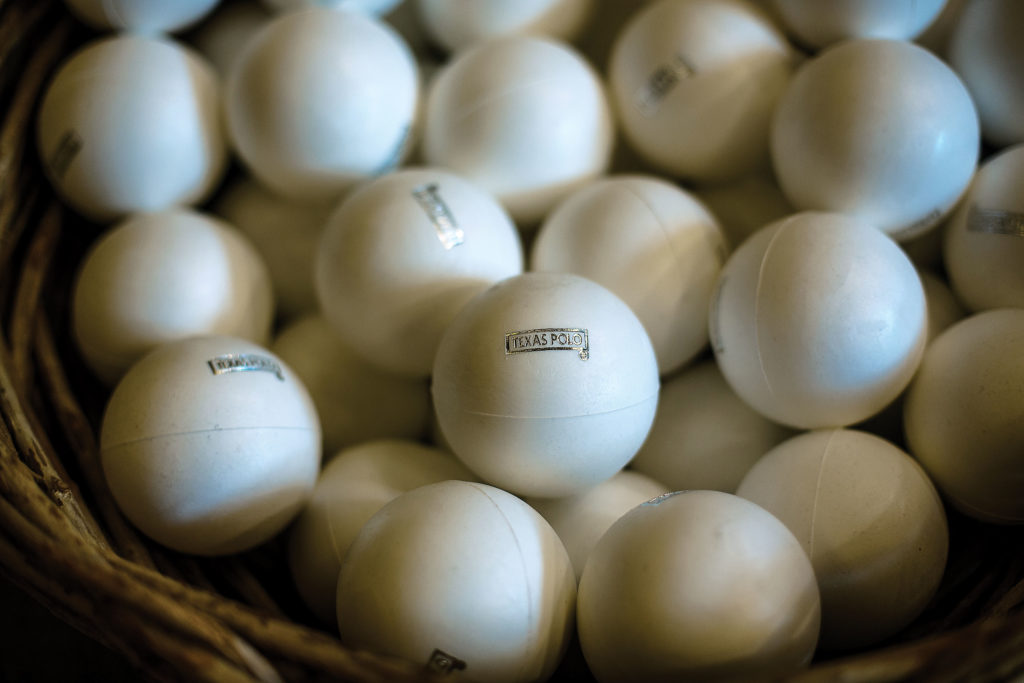
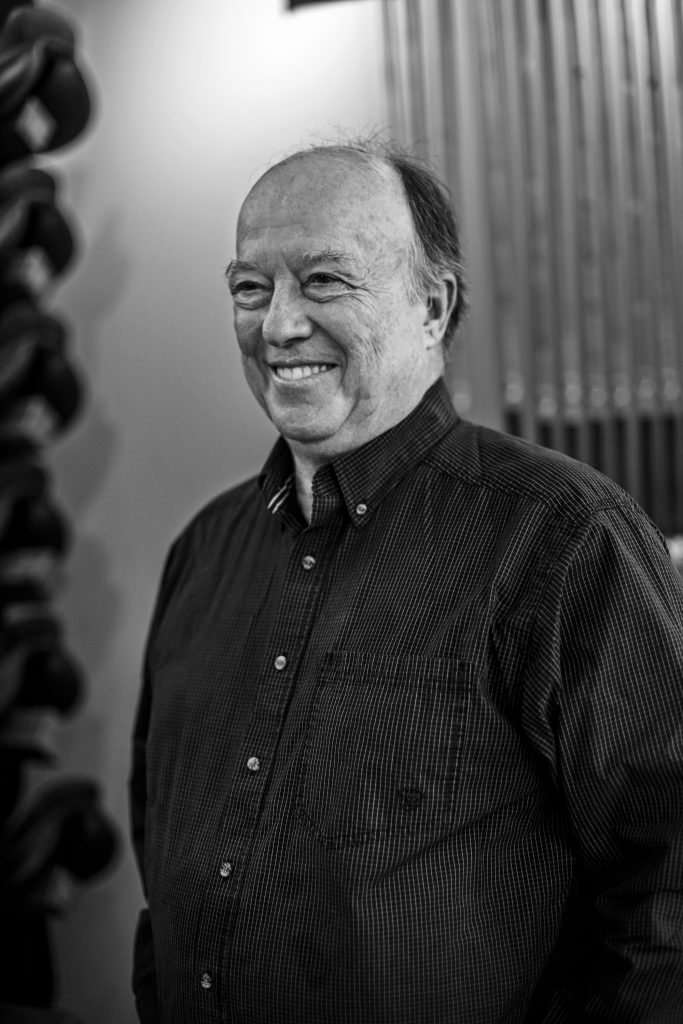
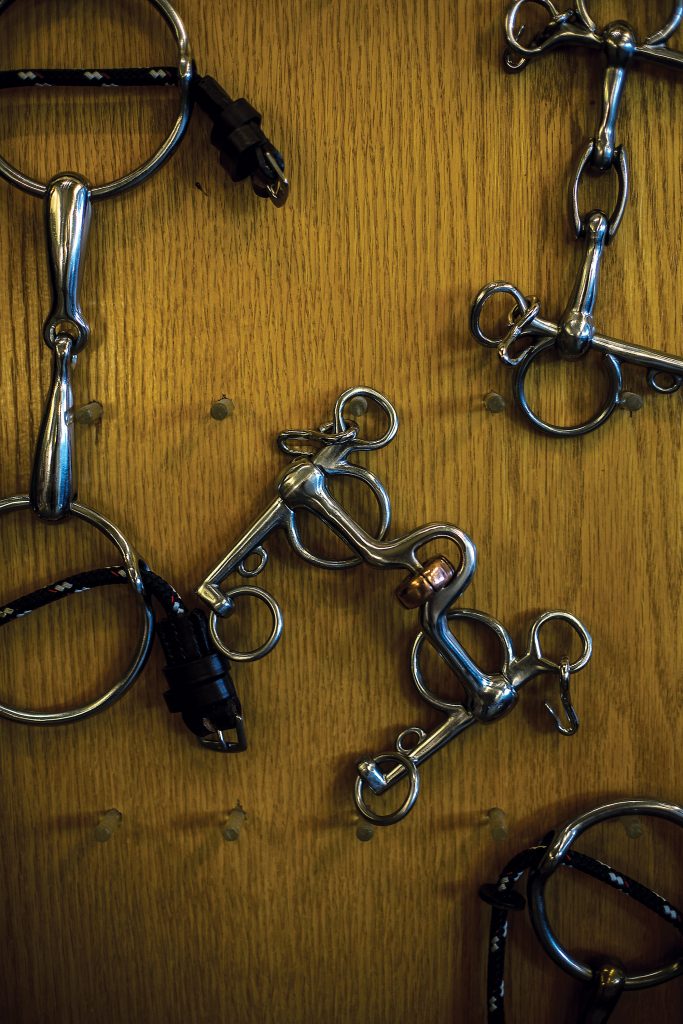
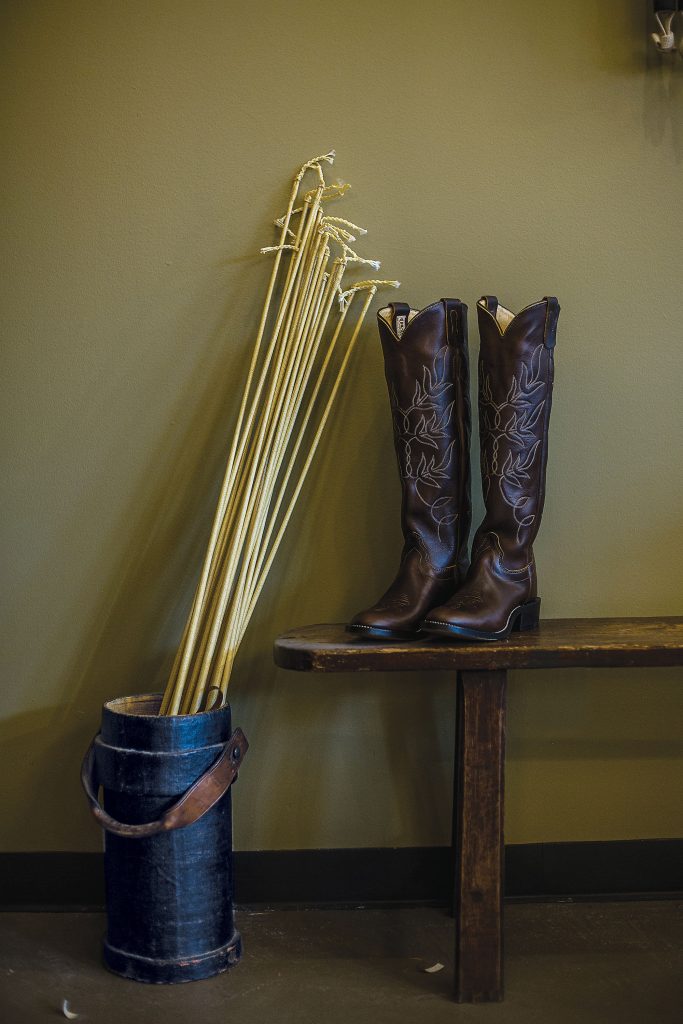
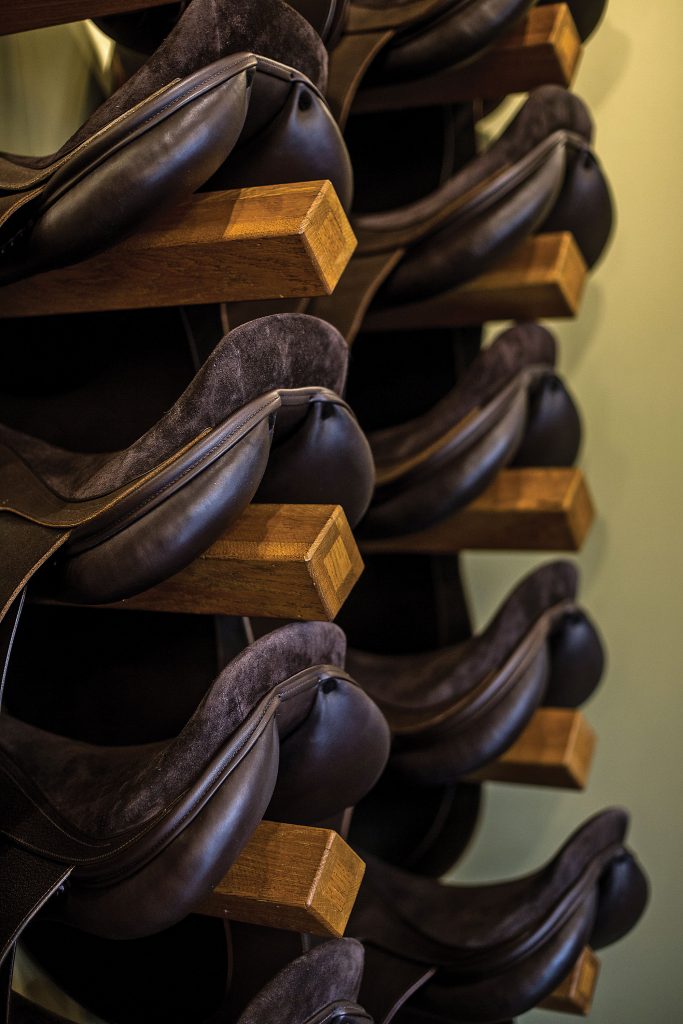

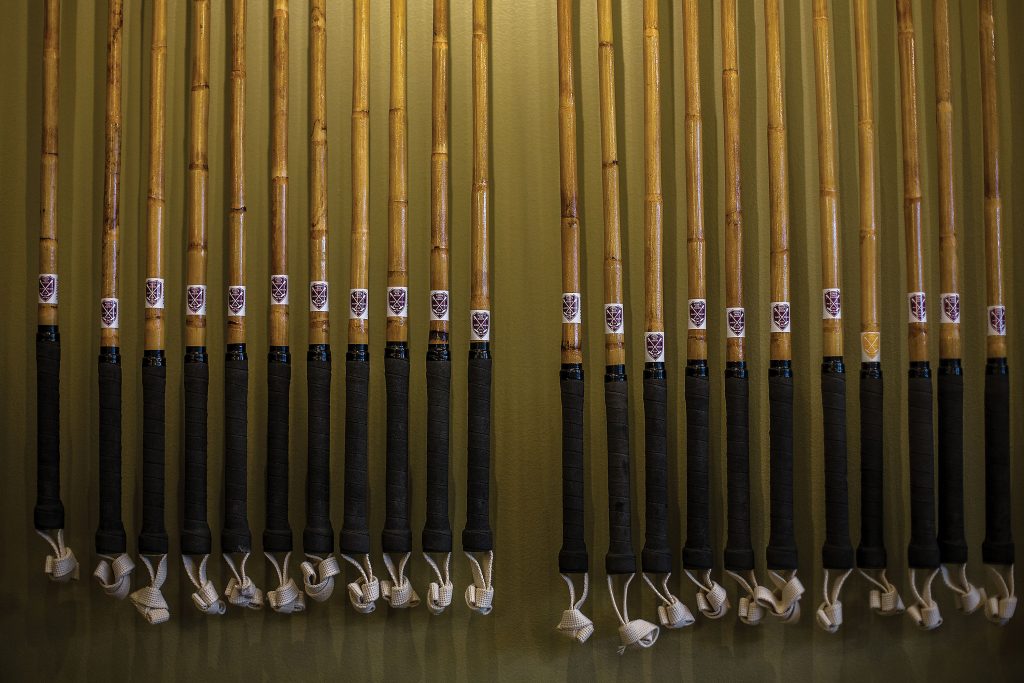
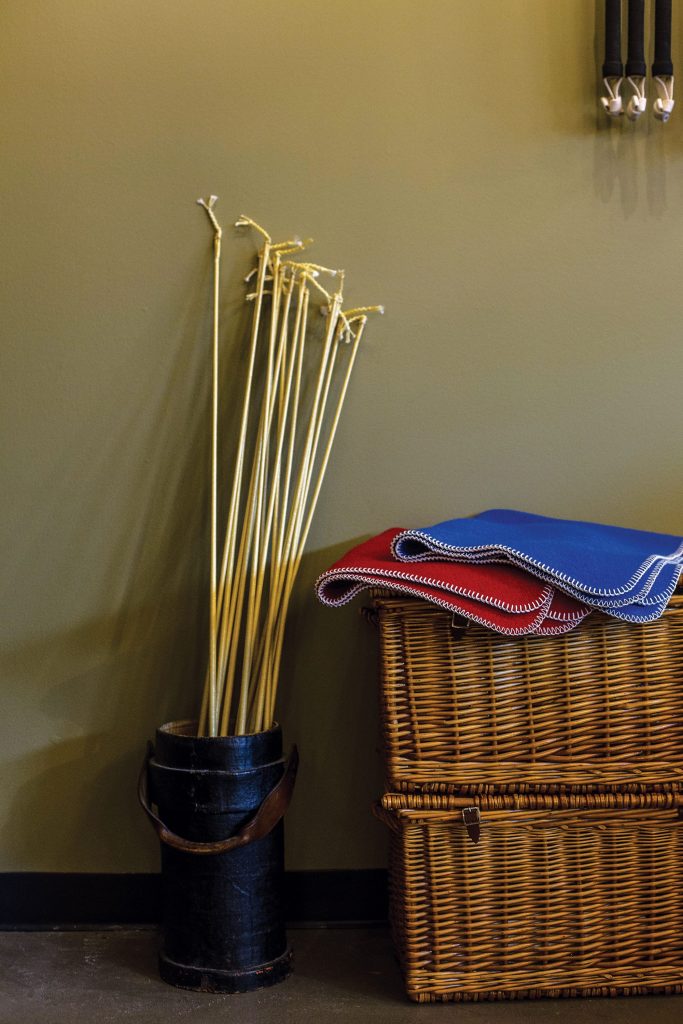

















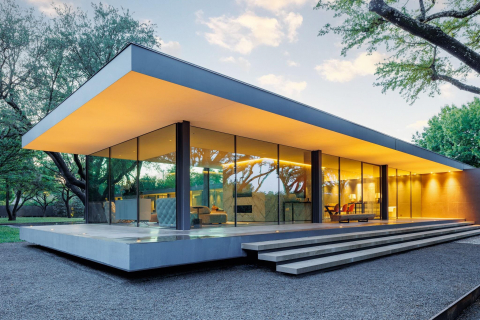



_md.jpeg)
